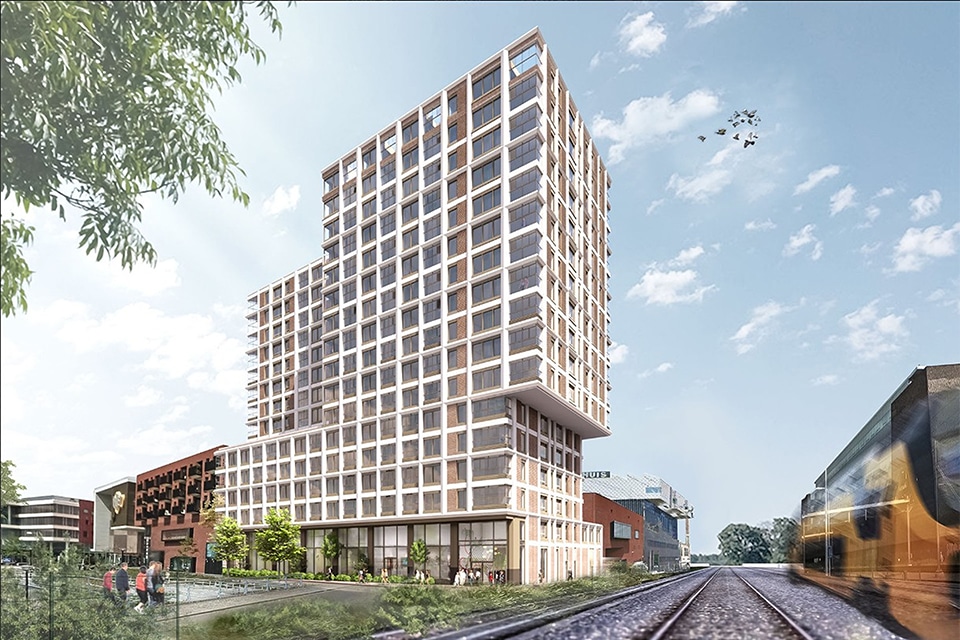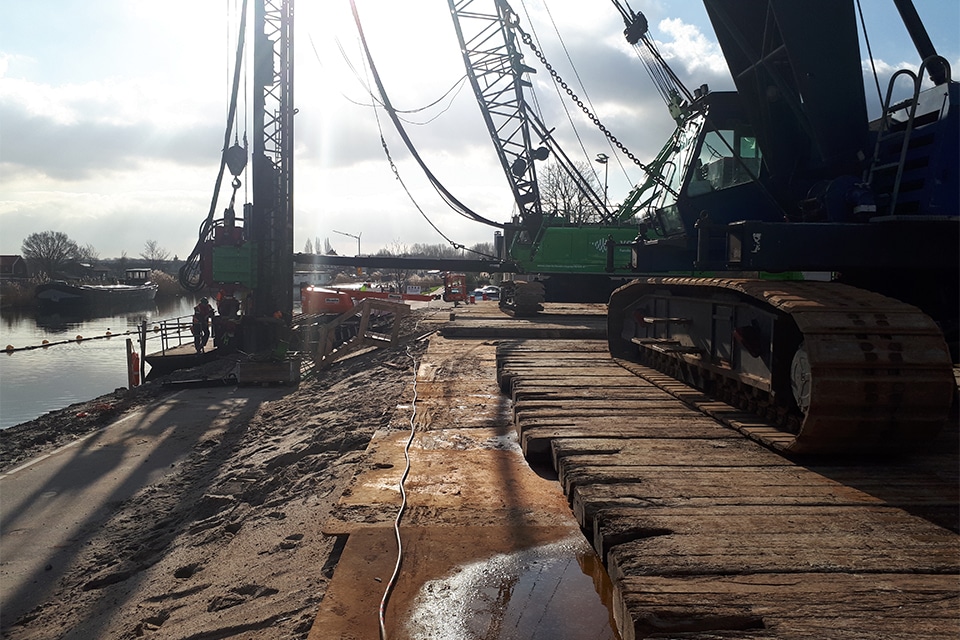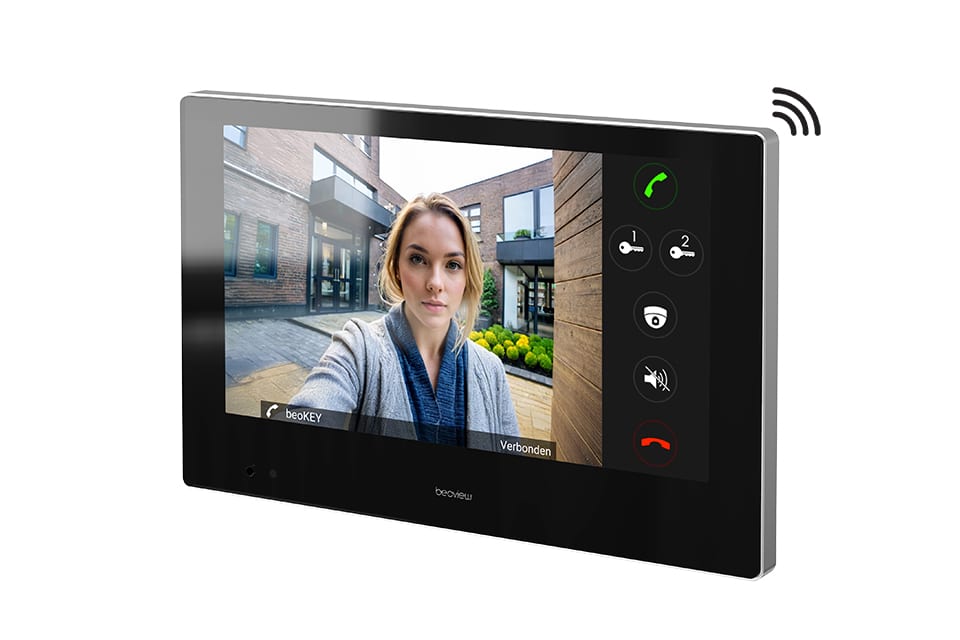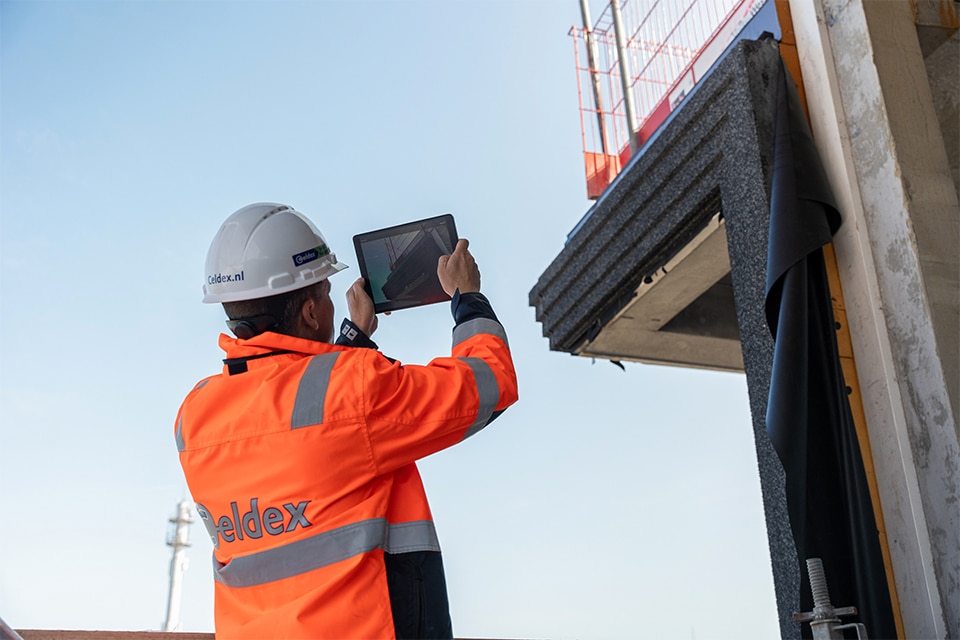
Droogdok Royal van Lent | Amsterdam
Special approach to building dry dock Feadship
In mid-February, Feadship/Royal van Lent welcomed the first yacht into the largest dry dock for yacht building in the Netherlands. The dock at Moezelhaven in Amsterdam's Westpoort industrial area has a length of 162 meters, a width of 26 meters and a height of 35 meters and should enable the company to meet the ever-increasing demand for superyachts.
"We started the search for a large location to build larger yachts in 2014," says project director Peter van Mil of Feadship/Royal van Lent. "At our home port on De Kaag, we were running into all the limits when it came to length, height, depth and weight of the boats. The length of yachts continues to increase; to grow with the demand from the global market, it was necessary to build a larger hall."
Both Rotterdam and Amsterdam were in the race for it. The choice fell on the lot at Basisweg in Amsterdam. Van Mil: "That city has more international allure. We are close to Schiphol Airport, which is an advantage for our customers. The water is in front of the door and is 250 meters wide and we have a finishing quay. Decisive was the fact that we are here 20 minutes from De Kaag, which means we can still run the company as a whole, with, for example, an exchange of personnel."

Special procurement strategy
In the new hall, steel hulls of yachts made elsewhere will continue to be completed. In addition to the actual dock, the hall therefore includes workshops for wood and metal working, a paint shop, an office, a VIP area and a restaurant. It employs 200 to 300 people. Construction of the dry dock was placed in the hands of a construction management team consisting of Bouwimpuls B.V. and Adcom 2000 Architects & Engineers B.V. "We devised a special procurement strategy for this project," says Jan Wouter Humme of Bouwimpuls. "Namely, a strategy that was based on the idea of using as much knowledge from the market as possible and giving each party the role it is good at." This automatically meant that a much larger number of parties were involved in the project than usual in a tender. A total of 59 parties were involved. In addition to Royal van Lent, the Port of Amsterdam is also acting as client, namely for the quay along the port. There are also four main contractors involved, because the project was split into four parts, namely civil engineering, hull steel construction, installation engineering and infrastructure works. Another 34 suppliers and subcontractors and 17 consultants were also hired by the construction management team. "In this way, we really wanted to use the knowledge and expertise in the market in specific areas. We are not afraid to sit down with so many parties and it has been successful," assures Frank Scholte on behalf of Adcom 2000. "With this approach, you stay flexible. You are not at the mercy of one contractor's capabilities. If one party can't deliver on time, we do things differently. You can more easily give direction at late moments and implement advancing insight into the project. We also asked all parties to look at optimizations."

(Image: Krolfoto)
Frequent work and implementation meetings
All parties did have to be tied together when it came to cooperation, planning and technology. That happened in various forms of consultations. Scholte: "We had very frequent work consultations and daily execution consultations. In addition, we had the 'nails to the head' consultations to make choices and individual consultations with individual parties. All those meetings are necessary to forge it into one whole." Humme: "This approach requires a lot of discipline. A lot of attention went into tuning the dependencies during construction. This effort made it possible to deliver the building without much delay. An important aspect was also to inform everyone who was not directly involved in the project about the construction progress. A 'construction newspaper' called The Westpoort Post was created for this purpose."
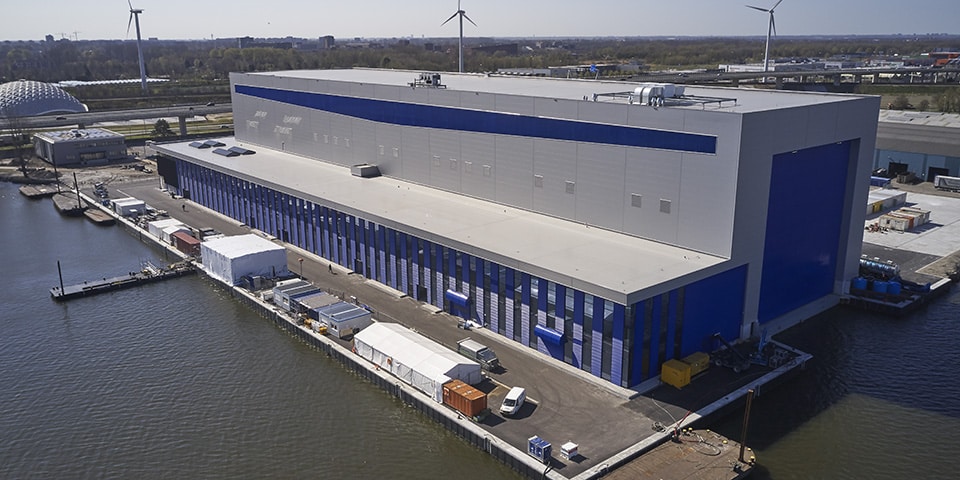
Building safely
During construction, site safety was an important aspect. Humme: "The building is large and high, and the presence of a large number of installation shafts meant that the risk of 'falling from height' was lurking. We developed a special safety procedure for work at the shafts. We also had construction safety assessed weekly by an independent party. Our efforts were rewarded; no personal accidents occurred. We received compliments from the Labor Inspectorate. A crown on our work."
In addition to new construction, there was also the restyling and expansion of an existing office building on the site. Adcom 2000 provided the design, construction preparation and construction management.
